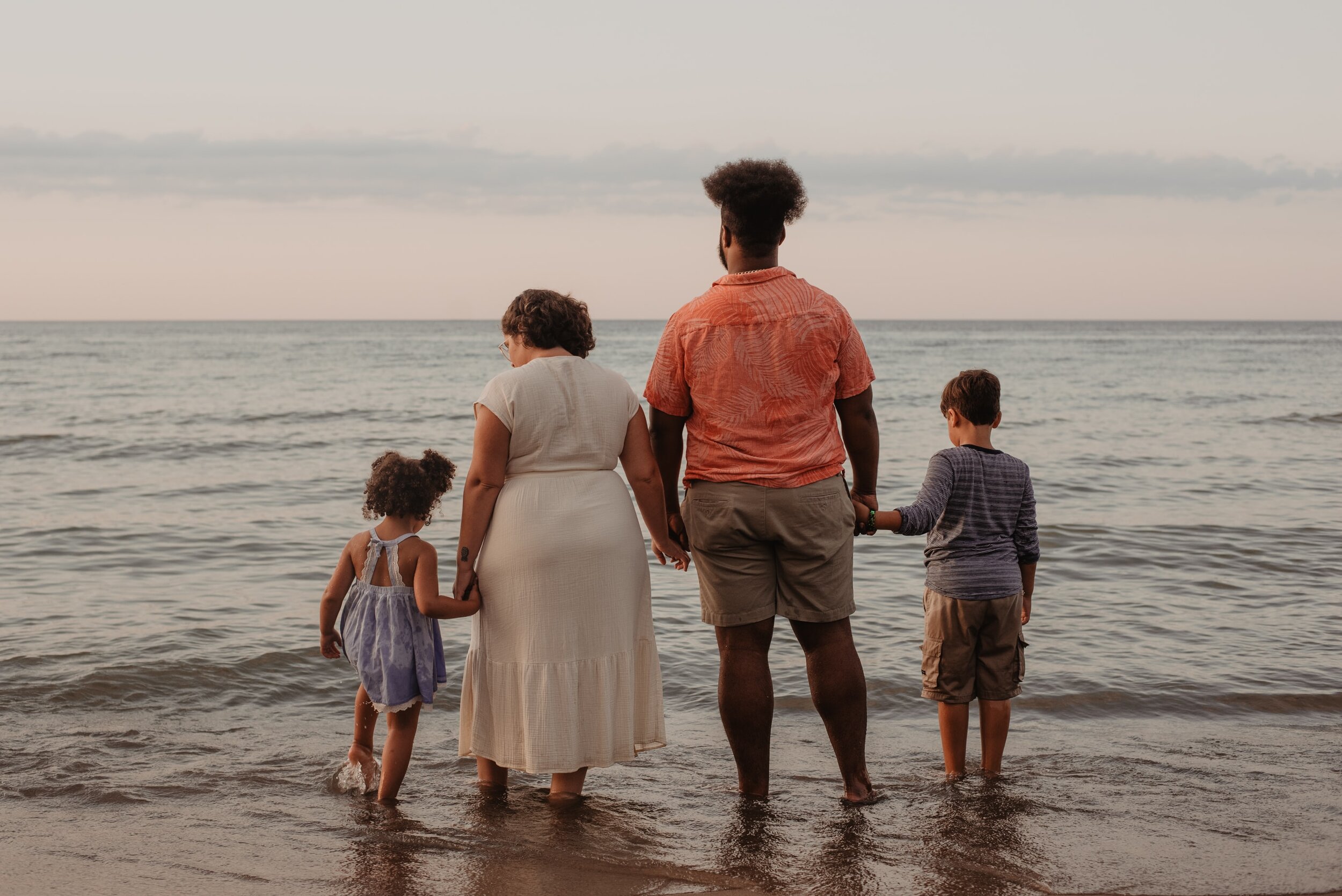You’re wired for it.
A few weeks ago,
I attended a trauma conference in NYC. I got the bug in grad school for helping people heal from trauma.
One of the reasons I signed up for this conference was to learn more about Polyvagal Theory from the person who created it — Stephen Porges, PhD., a neuroscientist in the department of psychiatry at University of North Carolina at Chapel Hill.
Polyvagal Theory is a fascinating body of work about the vagus nerve and its role in how the body responds during a traumatic experience (fight, flight, freeze, collapse, submit), as well as how we safe and social we feel with each other and in the world.
It’s been called the science of safety, and it has very interesting implications for the trauma and attachment work that I do. If you want to learn more about it, click here (note: the audio isn't 100% sparkling clear).
Here are a few things want to share about Steve’s talk.
He started out by saying this:
“Our nervous system evolved to co-regulate with another creature. We did not evolve to be by ourselves. Don’t believe the news. We need to love, nurture and care for each other.”
photo by Olivia Bauso
I could hardly believe my ears. This coming from a neuroscientist! Then he started talking about connectedness.
Be still my heart! Connectedness is one of my most cherished values.
He defined it as “the ability to mutually, synchronously and reciprocally regulate physiological and behavioral states.”
Let's zero in on one of the terms: synchronous. I define it is occurring at the same time. Right now, the connectedness we're having as you read my words is not synchronous. Texting is (mostly) not synchronous. Facebook and Instagram? Not synchronous. These activities are not opportunities to co-regulate. They do something else, which is sometimes enjoyable and sometimes not.
I love what technology can do in terms of being able to get to know each other and the worlds beyond the reach of our geographic locations, to organize us around common causes, and to find information lickety-split.
With that said, we are wired for the kind of synchronous connectedness that Dr. Porges describes. Face-to-face and voice-to-voice.
Experiencing trauma can disrupt this wiring. Pull up a chair, love, because I could talk for days and days about this. For now, however, I’m glad that science may be catching up to what many of us have already noticed for some time.

